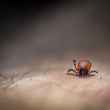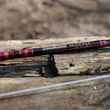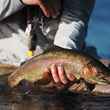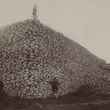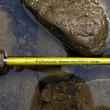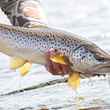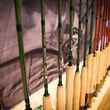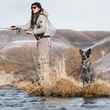Like most Oregonians, I cherish the McKenzie River. The McKenzie has a special place in my heart. For the past 30 years it’s where I’ve spent the most time. As a father of two young children, as owner of The Caddis Fly angling shop and as a licensed river guide, I’m lucky to spend around 125 days a year on the McKenzie in some capacity.
Many Oregonians and tourists from near and far flock to the one-of-a-kind McKenzie River to enjoy its beauty. The crystal clear water, the beautiful forests along its banks, and its varied flows make the river an ideal place to fish, raft, hike along, and just plain enjoy life.
As the owner of a fishing business, I depend on the McKenzie and its tributaries — and the current state of the fishery and fish management on the McKenzie troubles me. In particular, I’m concerned about our most-prized and sought after fish: wild spring chinook salmon. The chinook is the king of the McKenzie. It is the anchor to this fantastic west Cascades stream — the ecosystem’s most critical native.



